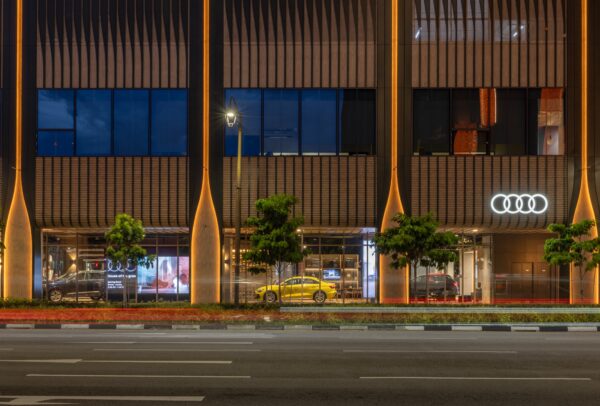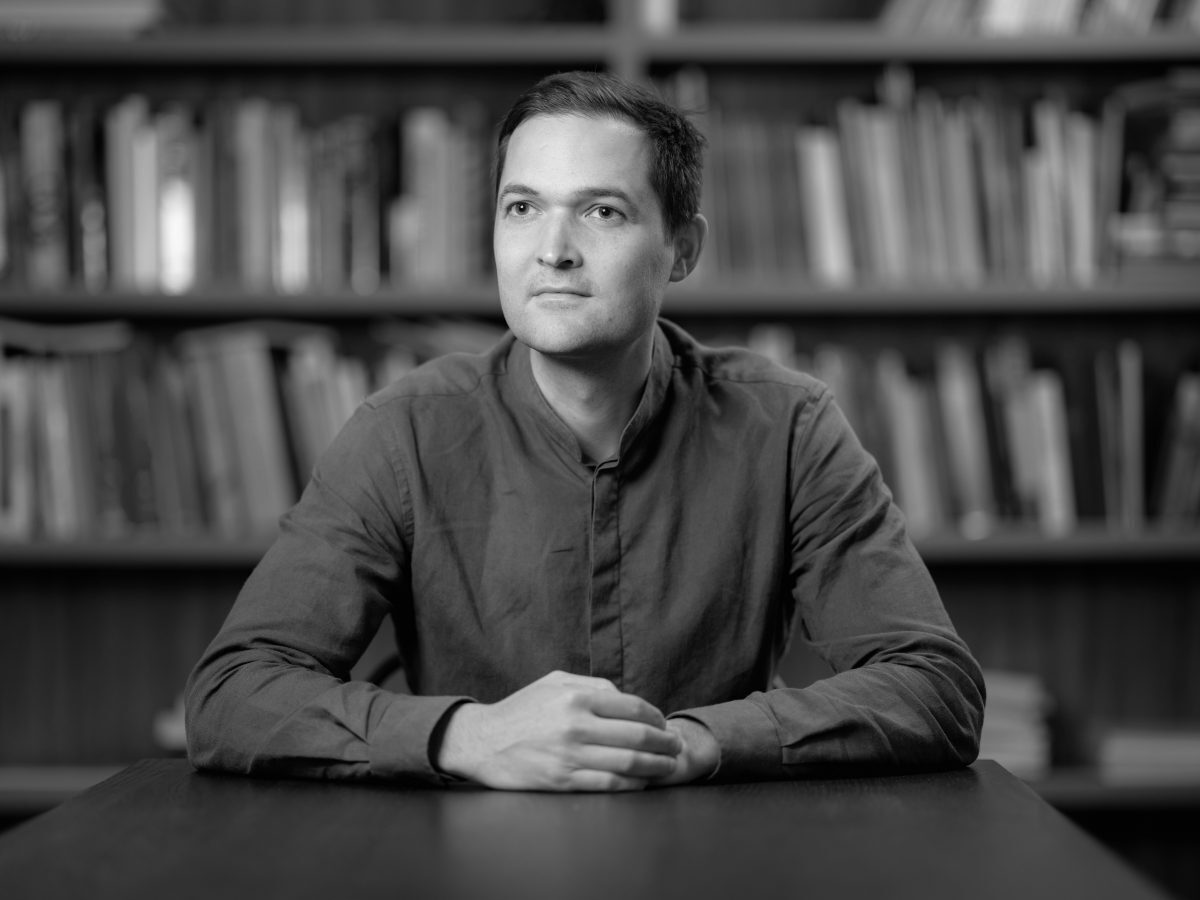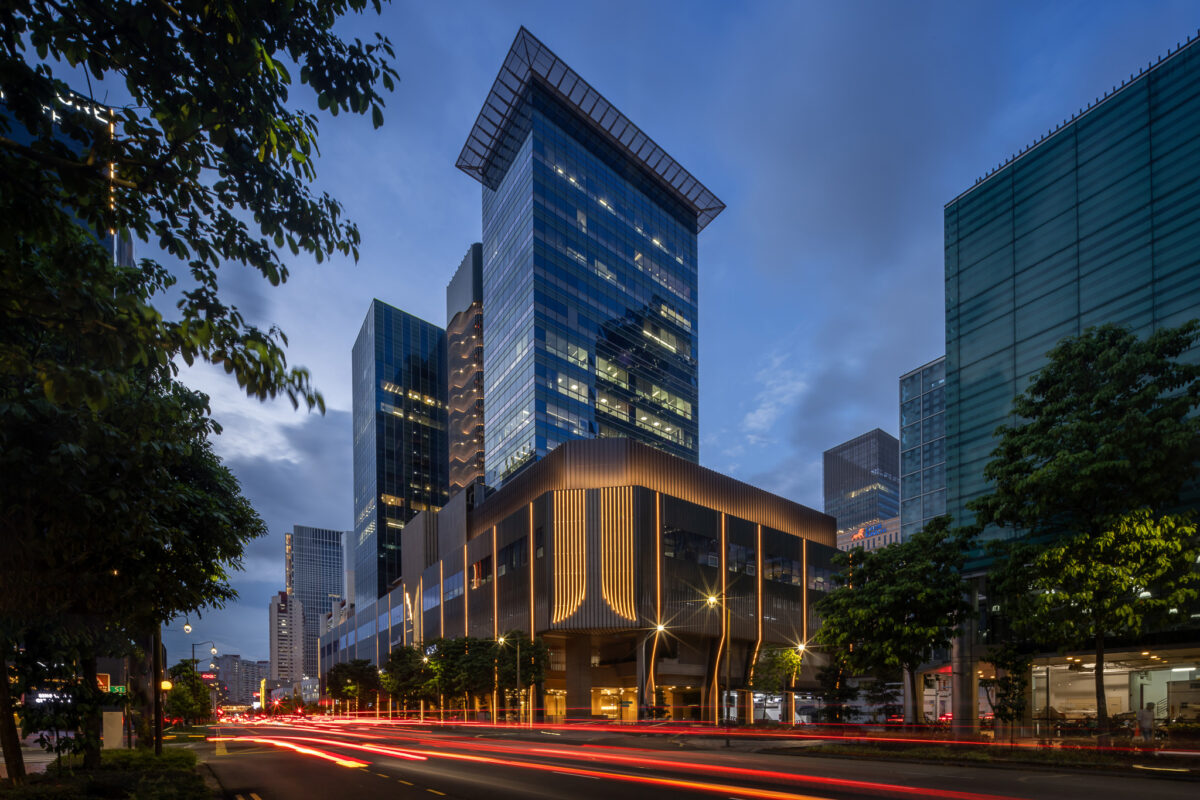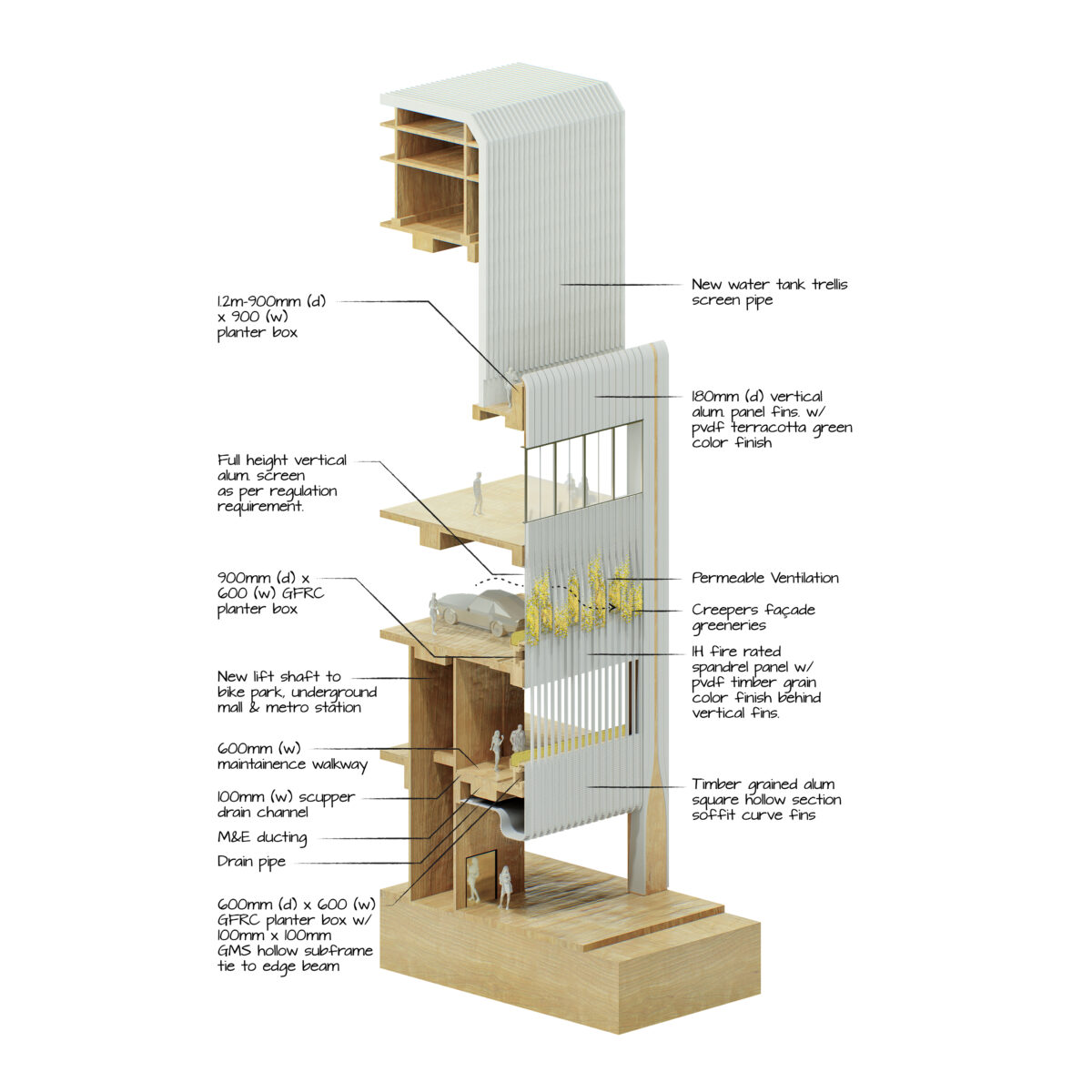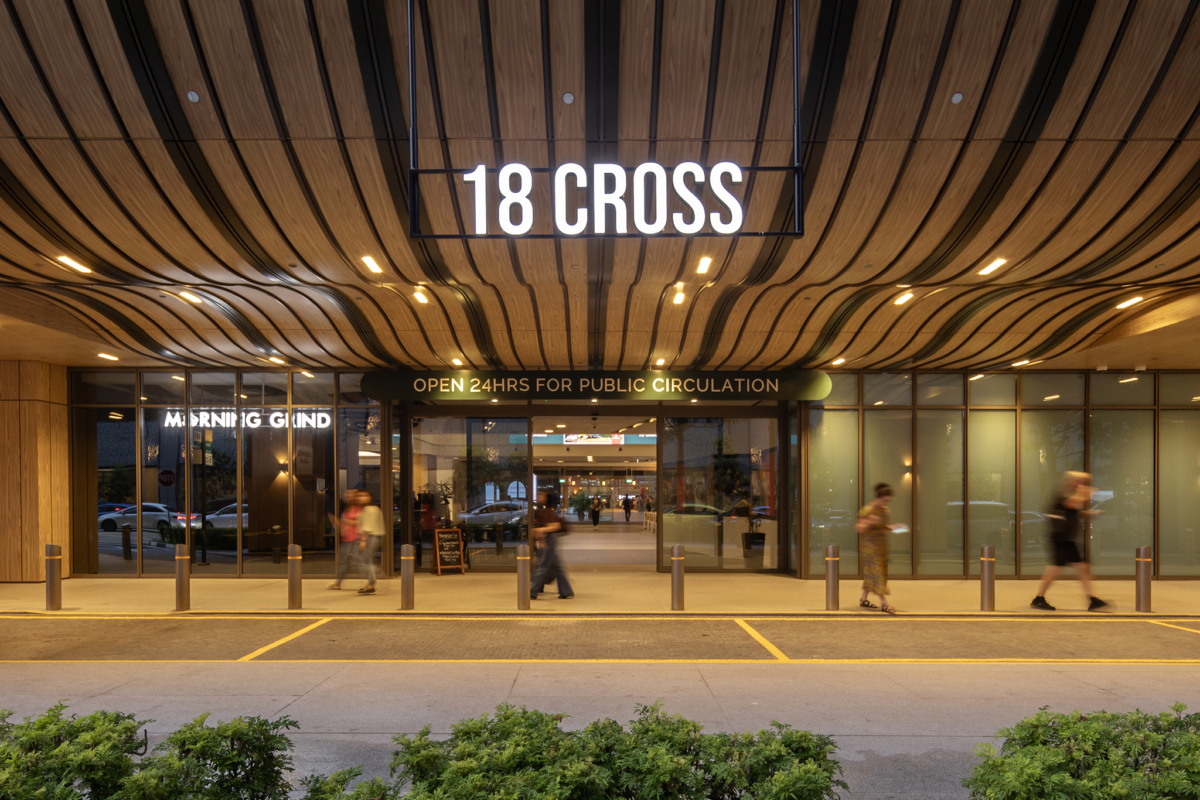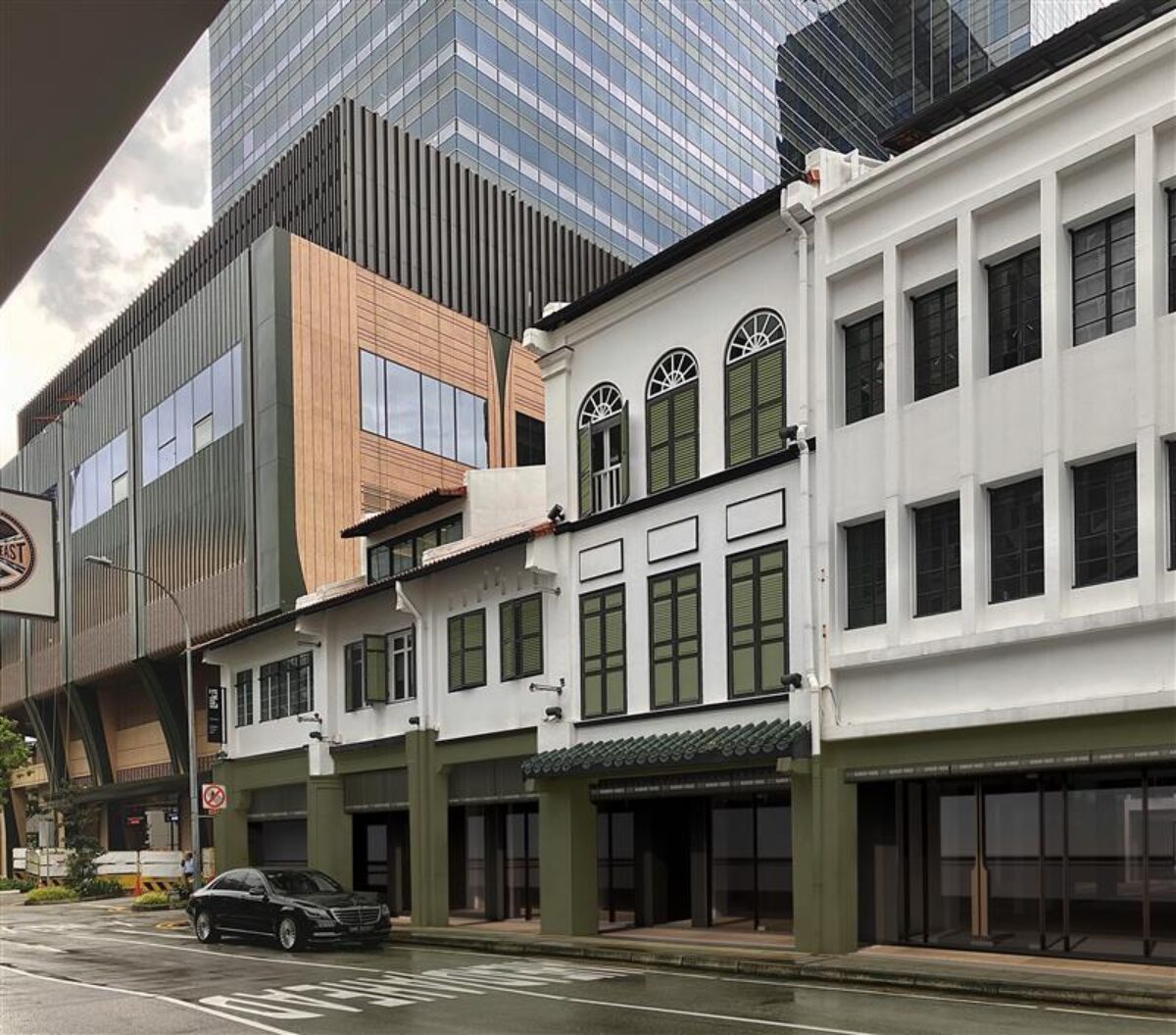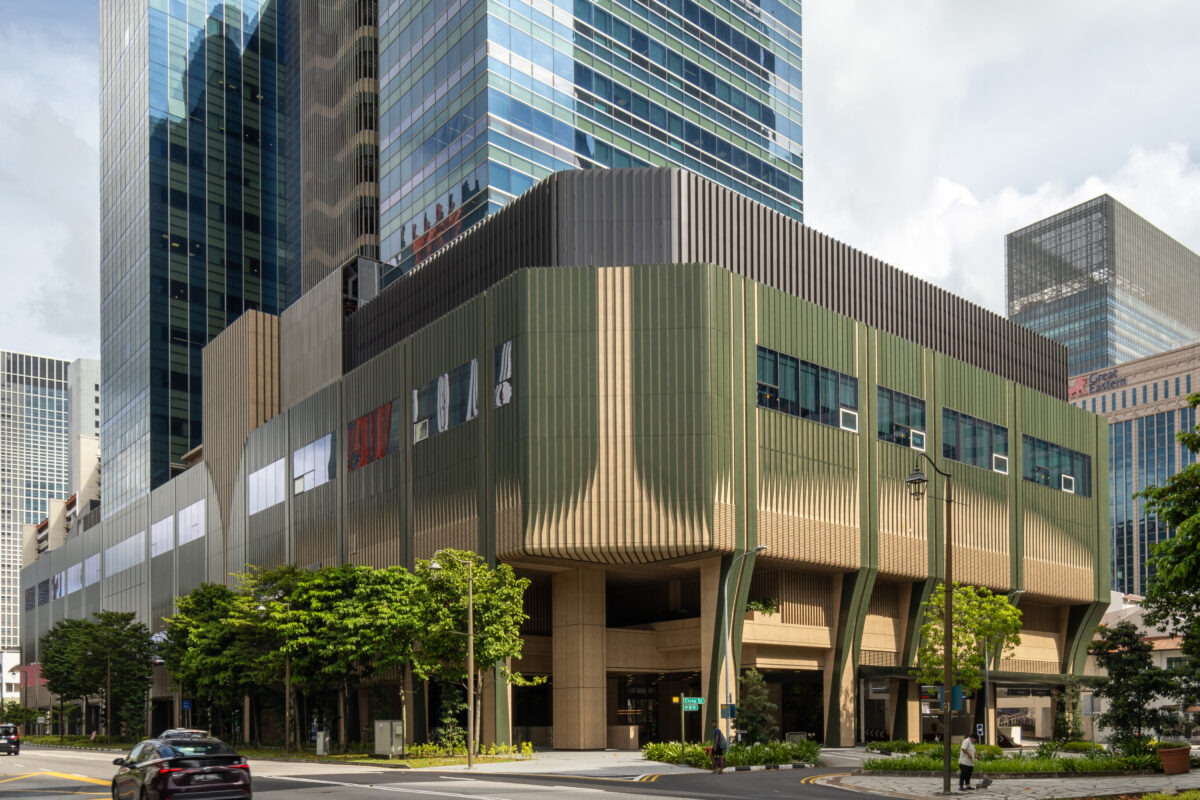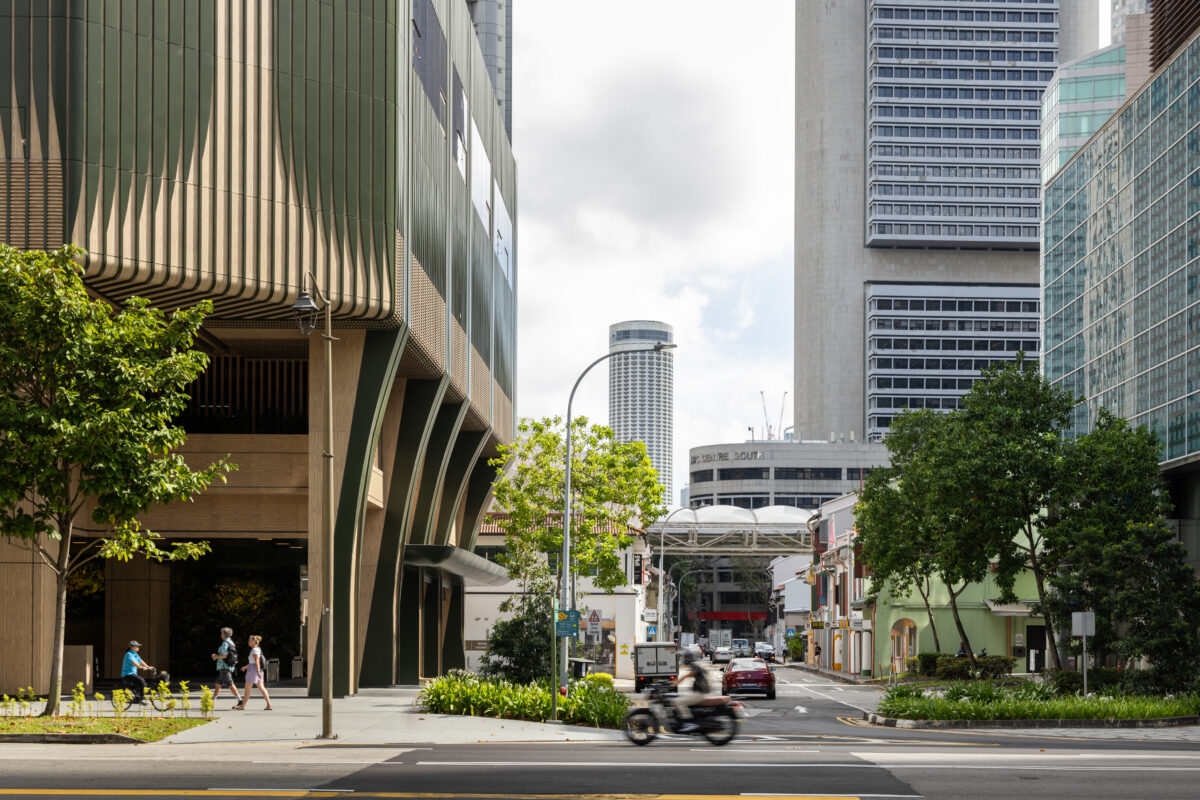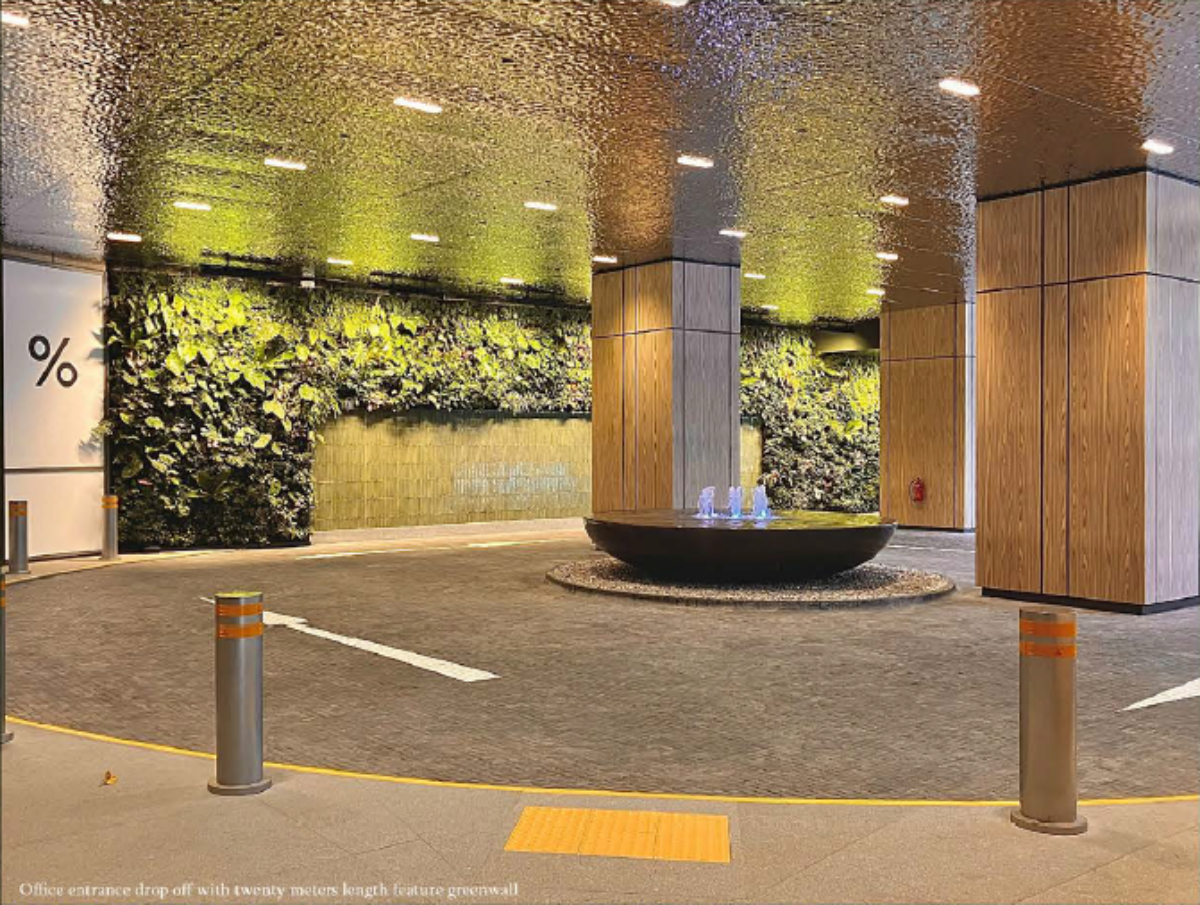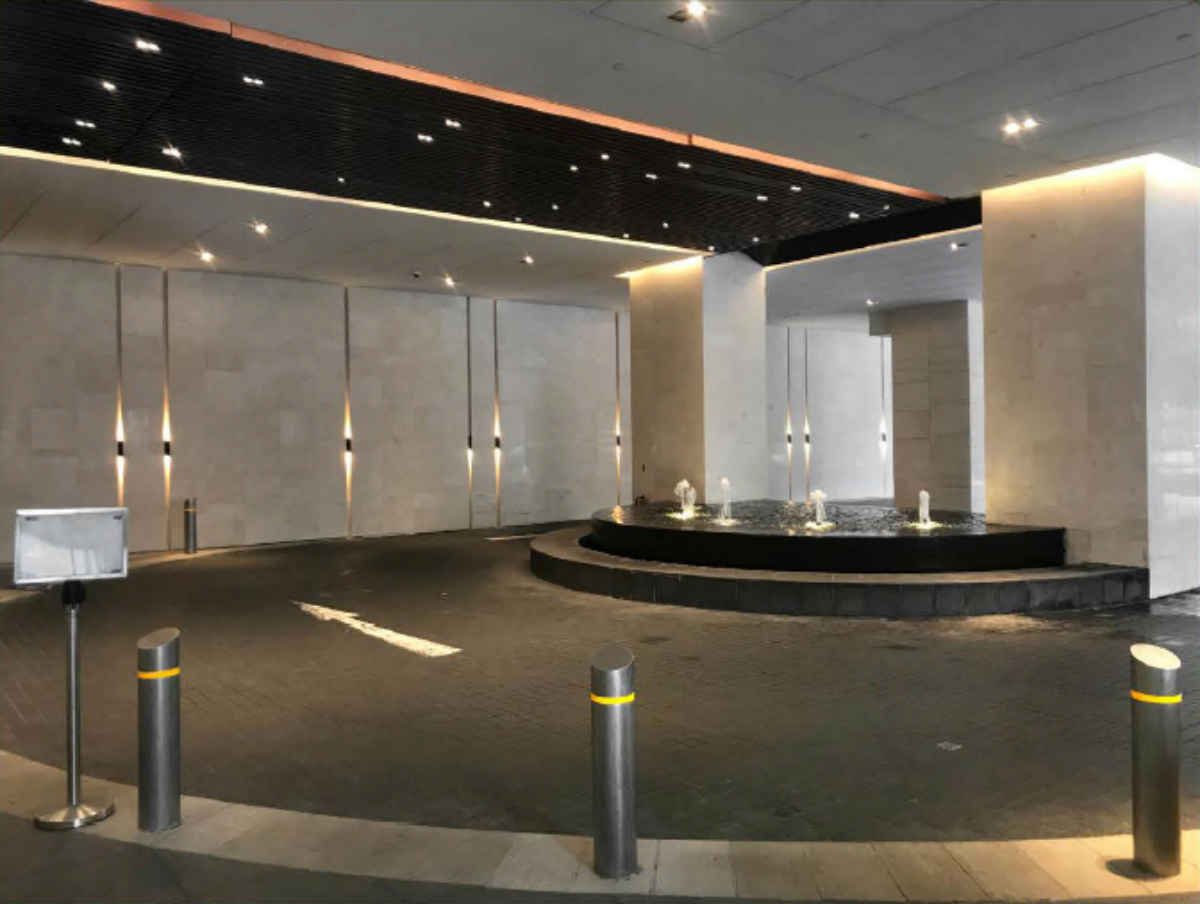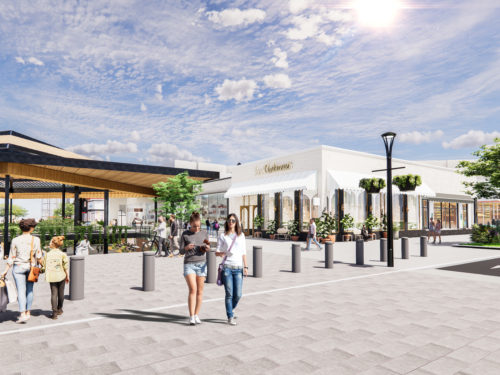As the 18 Cross development illustrates, repurposing enables owners and developers to address the three pillars of sustainability, delivering value at a social, economic and environmental level. By retaining existing structures, repurposing means designers can engage in a rich and multilayered process. Rather than simply demolish and rebuild or flip a building, repurposing gives old assets a new lease of life, enabling them to continue for decades to come.
The very principle of this approach encourages designers to think within longer-term time horizons, leading to far more creative and sustainable outcomes for the built environment.
The continuity of an unchanging skyline, enduring urban structures and scales, provides a reassurance for people and communities. Whereas rapidly changing cityscapes, with buildings going up and coming down every ten years, can create a sense of impermanence and anxiety.
Adaptive reuse and repurposing allows us to build for longevity, design responsibly, and create imaginative visions of the future. It’s a model that’s well established in Europe. Hopefully, with projects like 18 Cross, it will continue to gain momentum across Asia-Pacific and beyond.

